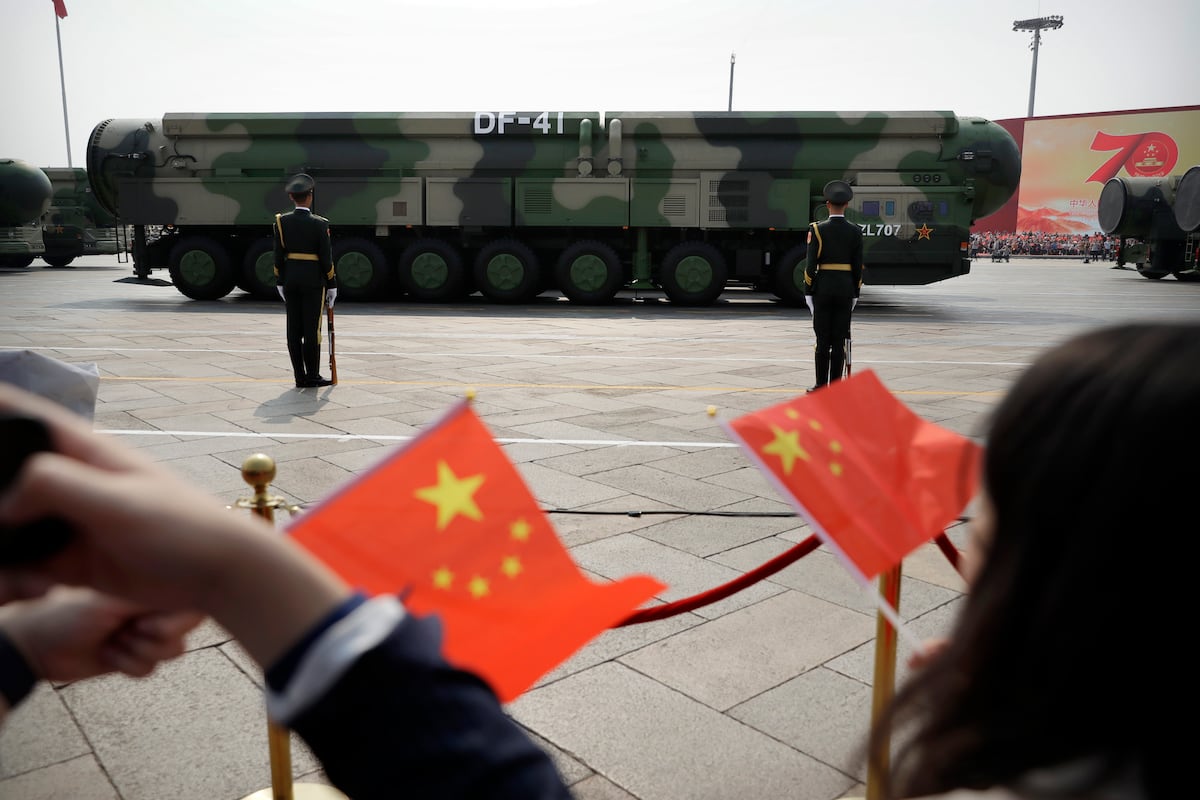Advancing Autonomous Military Capabilities: The U.S. Army’s Strategic Initiative
Introduction
The U.S. Army is on an ambitious trajectory aimed at integrating autonomous platforms within its operational units by 2026. Recent field trials at Joint Base Lewis-McChord in Washington marked a significant milestone, demonstrating the Army’s commitment to incorporating these advanced systems into combat scenarios.
The Launched Effects Program
The demonstration in mid-August highlighted a program known as Launched Effects (LE)—a term introduced by the Army to define a new class of systems that meld aspects of drones and loitering munitions. Unlike traditional aerial vehicles, LEs can be deployed from both ground installations and vehicles, offering capabilities ranging from reconnaissance to kinetic engagements in challenging environments where human visibility is limited.
Key Features of Launched Effects:
- Flexible Deployment: Capable of operating in various terrains, enhancing situational awareness.
- Versatile Functionality: Utilizes a multi-role approach for targeting, surveillance, and strike operations.
- Rapid Iteration: The Army’s strategy focuses on ongoing updates based on soldier feedback, contrasting sharply with conventional lengthy acquisition cycles.
Military Imperatives
The recent push from Pentagon leadership, specifically directives from Defense Secretary Pete Hegseth, underscores a significant paradigm shift within military procurement. Hegseth mandated the acceleration of drone and unmanned systems integration across Army divisions. Notably, he called for every division to be equipped with launched effects by the end of the forthcoming year, aligning with a broader strategy—the Army Transformation Initiative—to expedite the adoption of autonomous systems.
Recent Developments:
- Acquisition Reformation: A new directive emphasizes more rapid procurement pathways for unmanned systems, focusing on achieving “drone dominance” by 2027.
- Collaboration with Industry: The Army will engage frequently with technology providers, assessing new advancements in the sector every six months to ensure operational relevance.
Gathering Ground-Level Feedback
The Army’s three-week demonstration not only showcased the functional capabilities of short-range launched effects but also served as an essential platform for gathering troop feedback on the usability and mission integration of these systems. Soldiers from the 7th Infantry Division participated in the hands-on training, providing insights into the systems’ effectiveness in real-world applications.
Systems Under Review:
- RTX’s Coyote Block 3
- Anduril’s Altius 600
- AEVEX Aerospace’s Atlas
Brig. Gen. Cain Baker of the Future Vertical Lift Cross Functional Team emphasized that this was the first occasion operators received hands-on experience with LEs, critical for refining operational efficacy.
Soldier-Centric Approaches
Feedback from soldiers has been instrumental in shaping operational and training frameworks for these technologies. The operational training spanned three phases:
- Initial Training: Soldiers learned to set up and integrate LEs into their mission plans.
- Live Operations: Participants executed real-time flights to log and track operational parameters.
- Tactical Scenarios: Soldiers employed multiple systems collectively in simulated warfighting environments.
Insights from the Field:
Feedback from soldiers indicated not just adaptability but also an eagerness to incorporate new technologies into their tactical repertoire. Spc. Jacob Richter expressed that the transition from simulations to actual flight operations was seamless, demonstrating the high fidelity of the training protocols.
Continuous Development and Modularity
As the Army forges ahead with its LE acquisition strategy, it emphasizes a need for an adaptable architecture. This modular approach will simplify integration across various operational contexts and vendors. Lt. Col. Hunter Gray, overseeing the LE program, stated that an urgent capability acquisition pathway allows the Army to remain agile, consistently iterating specifications based on user feedback and contemporary technological advancements.
Strategic Goals:
- Cross-platform Compatibility: Development of a versatile infrastructure enabling modular capabilities across air and ground systems.
- Vendor Inclusivity: A commitment to continuously scout for emerging technologies, allowing for innovation without reliance on any single supplier.
In summary, the forward momentum towards fielding launched effects represents a critical pivot in military operations, ensuring the Army remains adaptable, lethal, and ready for future challenges. By prioritizing soldier feedback and speeding up procurement, the service is positioning itself to leverage cutting-edge technology that enhances both situational awareness and combat effectiveness. The integration of these systems, science-driven and feedback-supported, is not just a tactical advancement; it signifies a transformation in how the Army envisions and executes modern warfare.





